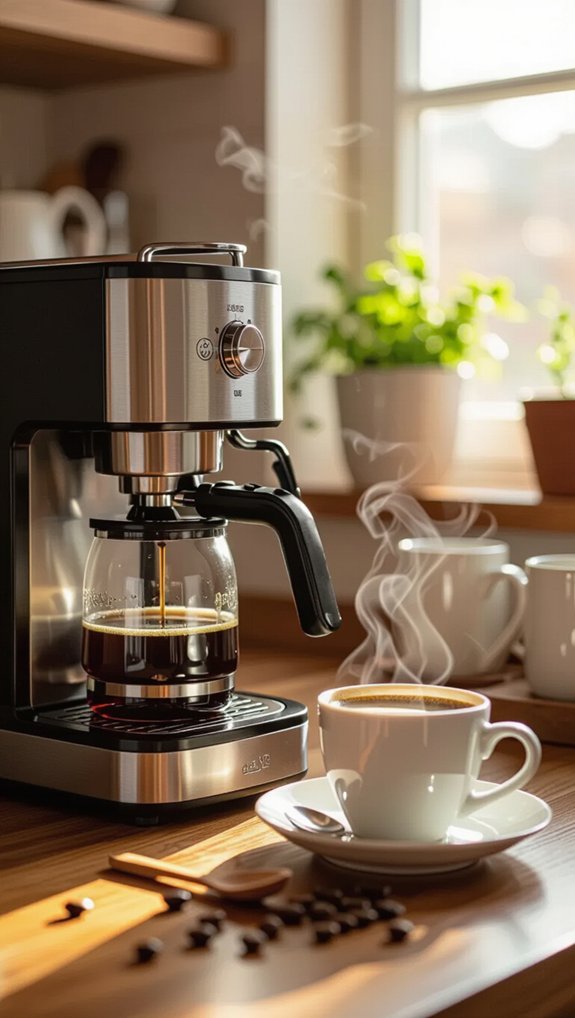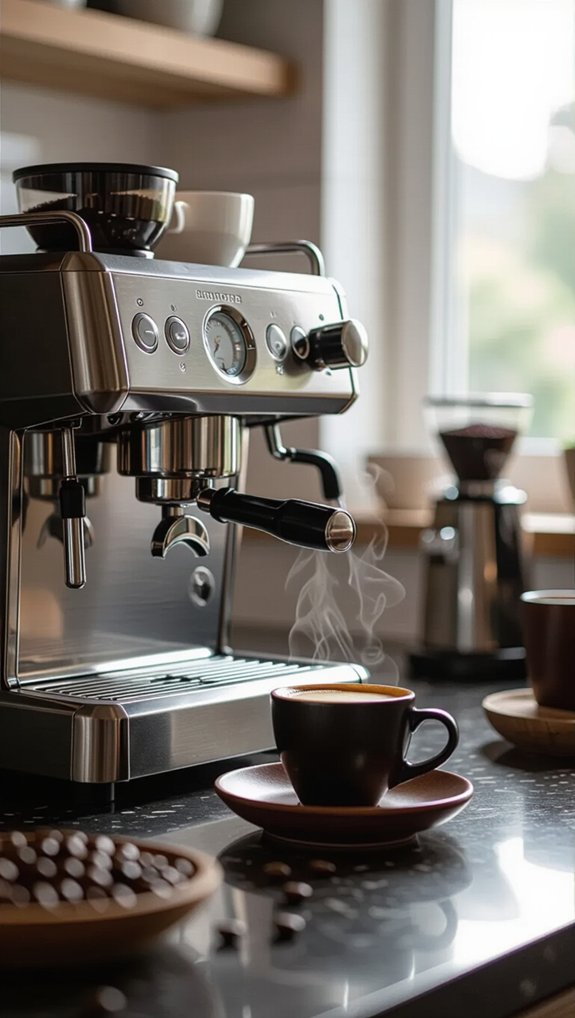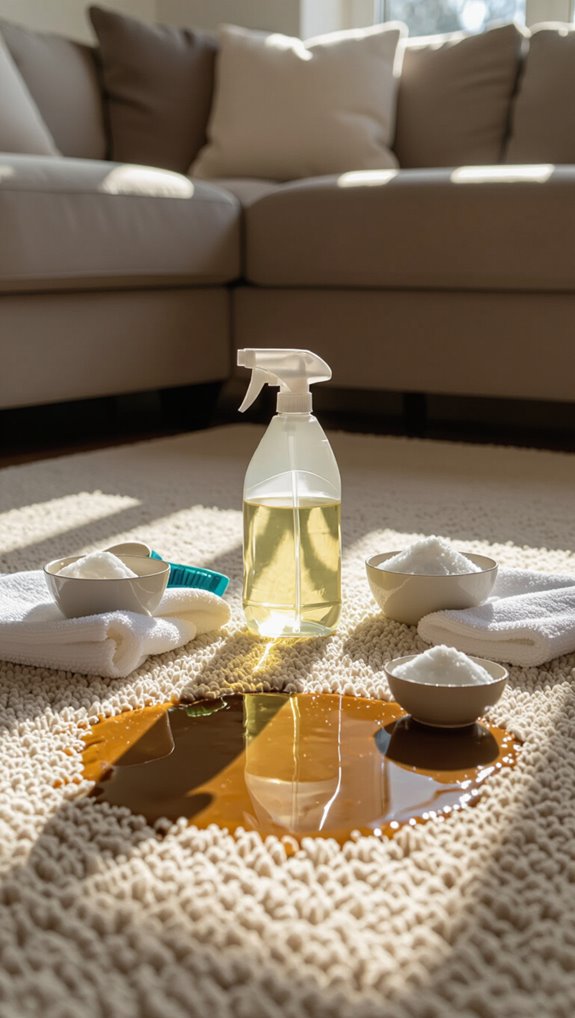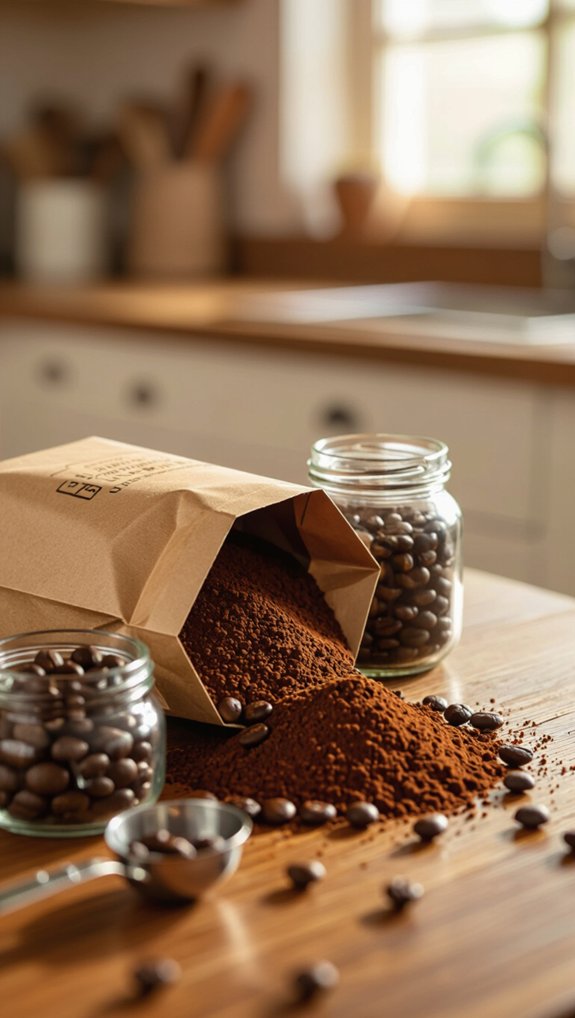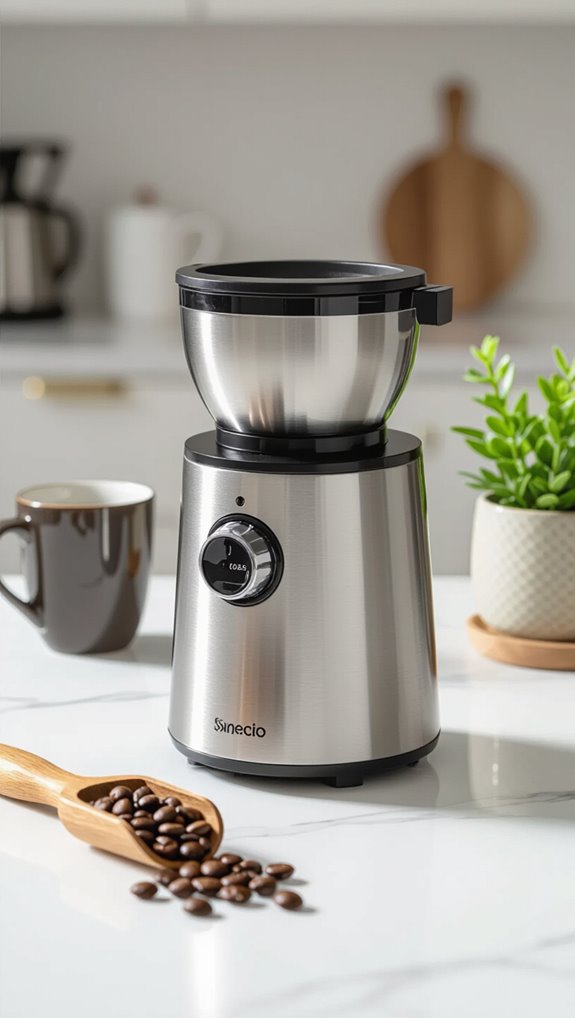According to the National Coffee Association’s 2023 survey, 73% of Americans drink coffee daily, yet most can’t explain why it’s called a “cup of joe” or identify what makes their brew taste bitter versus balanced. Despite coffee being one of the world’s most consumed beverages, the gap between casual drinkers and true coffee knowledge remains surprisingly wide.
Maybe you’ve struggled with inconsistent results from your home brewing, wondered about the caffeine content in different preparations, or been curious about coffee’s fascinating journey from Ethiopian legend to your kitchen counter. You’re not alone—many coffee lovers know they’re missing something but aren’t sure where to start improving their understanding and technique.
This guide breaks down everything you need to know about your daily cup of joe: the intriguing theories behind its nickname, proven brewing methods for better flavor, coffee’s historical origins, and the truth about caffeine levels across different styles. By the end, you’ll have the knowledge to brew confidently and appreciate every sip with new perspective.
Table of Contents
What is a cup of joe
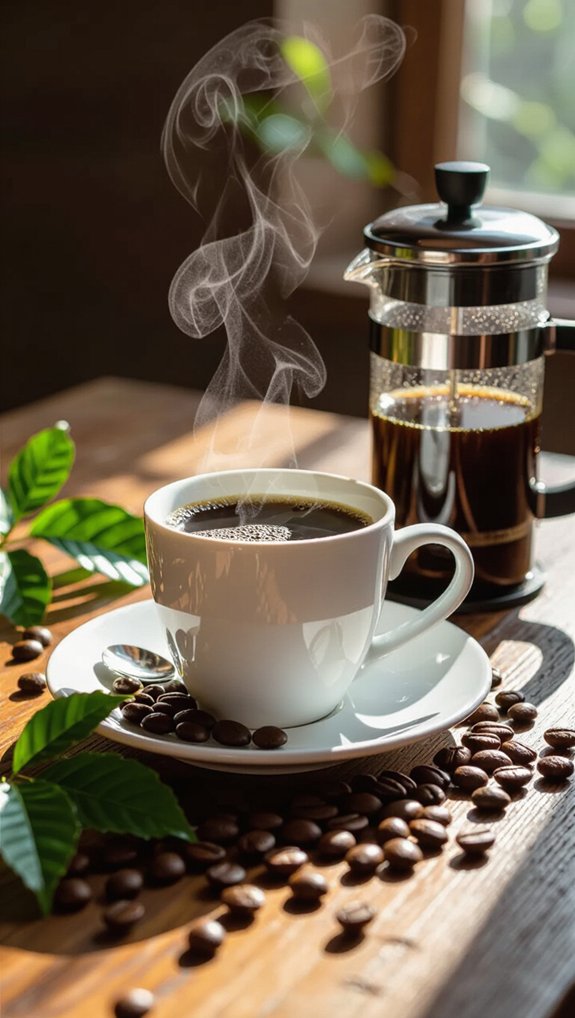
A steaming mug of comfort, the “cup of joe” is simply another way to say coffee in American English. It’s the everyday drink that connects workers, friends, and families across the country. Linguistic theories suggest the term might have originated from the shortening of “jamoke” or as a reference to the drink of the ordinary man.
Born in diners and workplaces, this term represents more than just a beverage—it’s a cultural symbol of simplicity and routine. Typically, a cup of joe means basic black coffee, brewed without fancy techniques or elaborate ingredients.
Whether in a diner, office, or home kitchen, it signifies an unpretentious, straightforward caffeine fix that keeps America running, one mug at a time.
Why coffee is called cup of joe
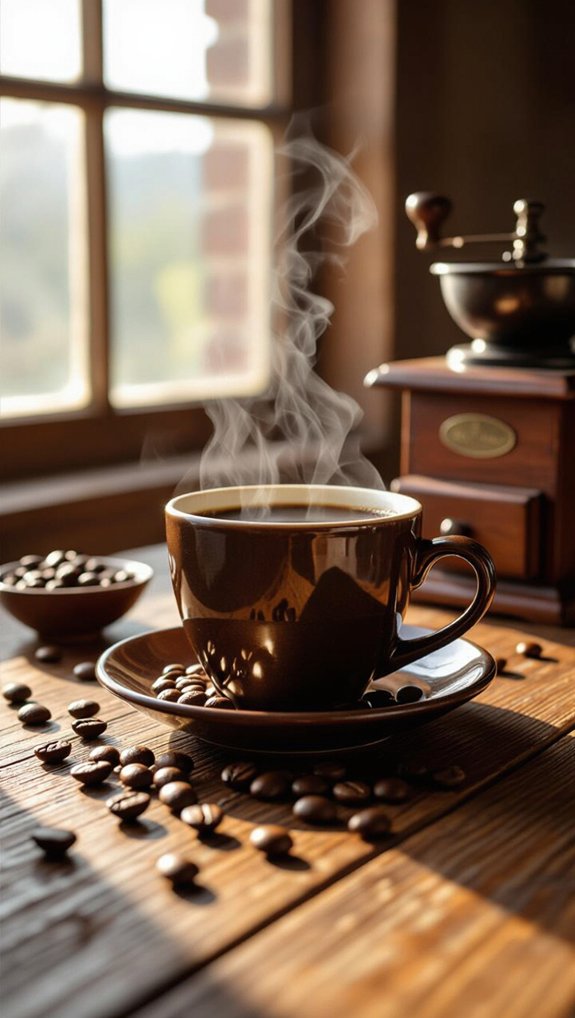
Ever wondered why we call it a “cup of joe”? This quirky nickname has several intriguing origin stories. The most popular theory links back to Josephus Daniels, who banned alcohol on Navy ships in 1914, forcing sailors to drink coffee instead. Military coffee culture transformed sailors’ daily beverage routine, creating a lasting linguistic legacy.
Another compelling explanation traces the term to Joe Martinson, a charismatic coffee company founder whose personality made “Joe’s coffee” a local favorite. Some linguists suggest it evolved from “jamoke,” a blend of Java and Mocha coffee terms.
While the exact origin remains debatable, the phrase captures coffee’s universal appeal as the everyday person’s beloved beverage.
How much caffeine in cup of joe

Wondering just how much caffeine is hiding in your daily cup of joe? An average 8 oz brewed coffee packs a punch of 95-165 mg of caffeine. Brewing method complexity can significantly alter the caffeine extraction, with techniques like pour-over and espresso concentrating caffeine differently.
But wait, there’s more! Your typical 12 oz serving can range from 168-246 mg. Different factors like bean type, roast level, and brewing method dramatically influence caffeine content.
Arabica beans offer less caffeine compared to robust Robusta varieties. Light roasts surprisingly deliver more caffeine than dark roasts.
A standard espresso shot? About 47-67 mg.
The FDA recommends staying under 400 mg daily—roughly 3-4 cups of coffee—to keep things safe and enjoyable.
How to brew classic cup of joe
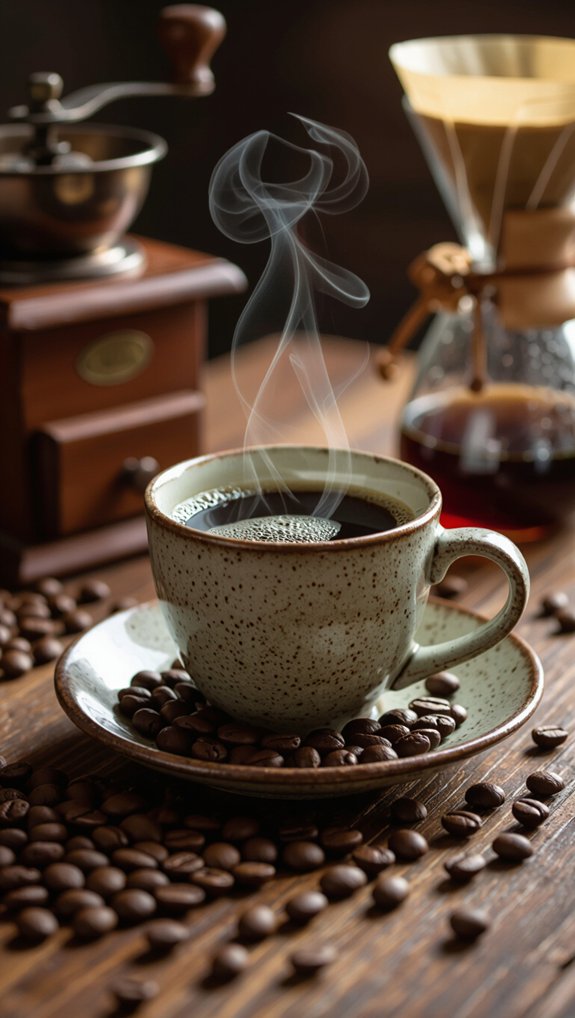
To brew a classic cup of joe, you’ll need high-quality whole beans, a grinder, a brewing method (like drip coffee maker or pour-over), and filtered water at the right temperature.
I’ll walk you through selecting your beans, grinding them fresh, and using the optimal coffee-to-water ratio to create a rich, flavorful brew that’ll make your morning sing.
The key is grasping each step—from bean selection to brewing technique—which transforms ordinary coffee into an exceptional daily ritual.
Ingredients
Craft the perfect cup of joe by grasping its fundamental ingredients and their precise roles in brewing. Arabica beans form the heart of any great coffee, delivering rich flavor and caffeine kick. Water isn’t just a filler—it’s 98% of your brew, so quality matters. The sweet spot? Twenty grams of freshly roasted coffee to 300 grams of water.
Consider adding non-fat milk for creaminess or a touch of sweetener to balance acidity. Insider hint: Choose beans roasted within two to three weeks for maximum taste. Your morning ritual deserves nothing less than liquid perfection.
Equipment
Now that you’ve mastered the ingredients, let’s unlock the magic behind brewing equipment that transforms those beans into liquid gold.
Different brewing methods offer unique experiences, each designed to extract maximum flavor and satisfaction:
- Espresso machines create intense, concentrated shots with precise pressure
- Moka pots deliver bold flavors through stovetop steam extraction
- French presses immerse grounds completely for rich, full-bodied results
- AeroPresses provide smooth, clean brewing with portable convenience
- Drip coffee makers offer foolproof, balanced cups for everyday enjoyment
Your brewing tool isn’t just equipment—it’s a gateway to crafting your perfect coffee experience, matching technique to taste and lifestyle.
Instructions
Let’s dive into brewing the perfect cup of joe by mastering the classic cowboy coffee method, a simple yet robust technique that’ll transform your morning routine.
Start with coarse-ground coffee—about 2 tablespoons per 6 ounces of water. Boil water, then let it cool for 30 seconds to hit that sweet spot around 200°F. Add grounds directly to hot water, stir gently to bloom, and let steep for 3-4 minutes.
Allow grounds to settle naturally before pouring slowly to keep sediment in the pot. The result? A bold, straightforward brew that’ll kickstart your day with authentic flavor.
Best beans for richer joe flavor
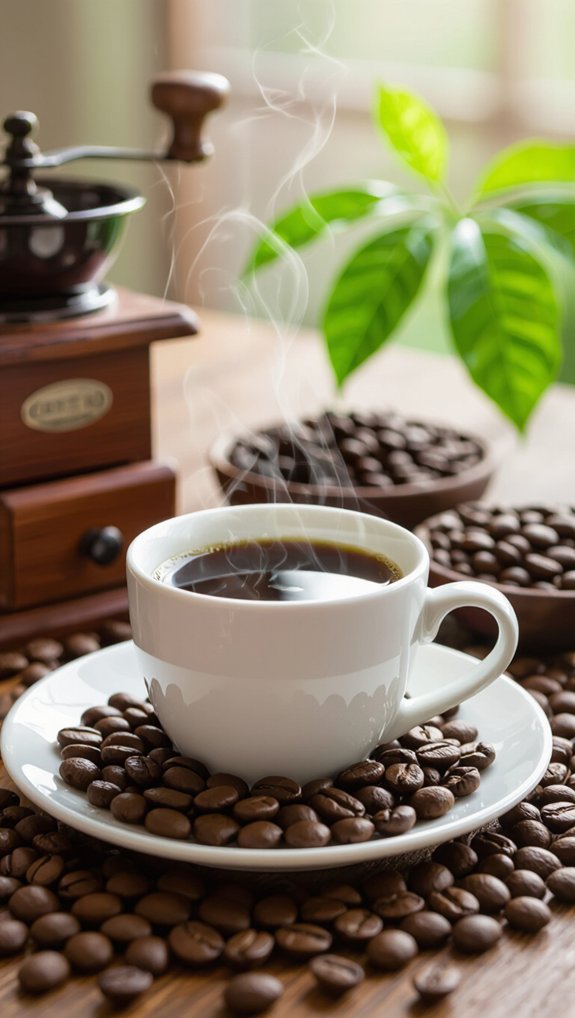
The pursuit of rich, flavorful coffee begins with selecting the right beans—and Arabica varieties reign supreme for coffee enthusiasts seeking a nuanced, complex cup.
When hunting for exceptional flavor, consider these bean characteristics:
- Ethiopian Yirgacheffe offers bright acidity with peach and jasmine notes
- Colombian beans deliver balanced caramel and chocolate undertones
- Kenyan varieties showcase vibrant, wine-like fruity profiles
- Single-origin beans provide authentic regional terroir experiences
- Dark roasts intensify bold, chocolatey flavor dimensions
Simple gear that upgrades your joe

Elevate your home brewing game with strategic gear upgrades that transform ordinary coffee into an extraordinary sensory experience. Your brewing arsenal matters more than you might think.
A quality gooseneck kettle with precise temperature control can dramatically improve extraction, while a burr grinder ensures uniform ground size for consistent flavor. Digital scales streamline measurements, reducing human error and guesswork.
Specialty filters and thoughtful accessories like distribution tools further refine your technique. Whether you’re a casual coffee lover or aspiring home barista, these simple upgrades can turn each cup into a crafted moment of caffeinated perfection.
Budget coffee makers worth your money
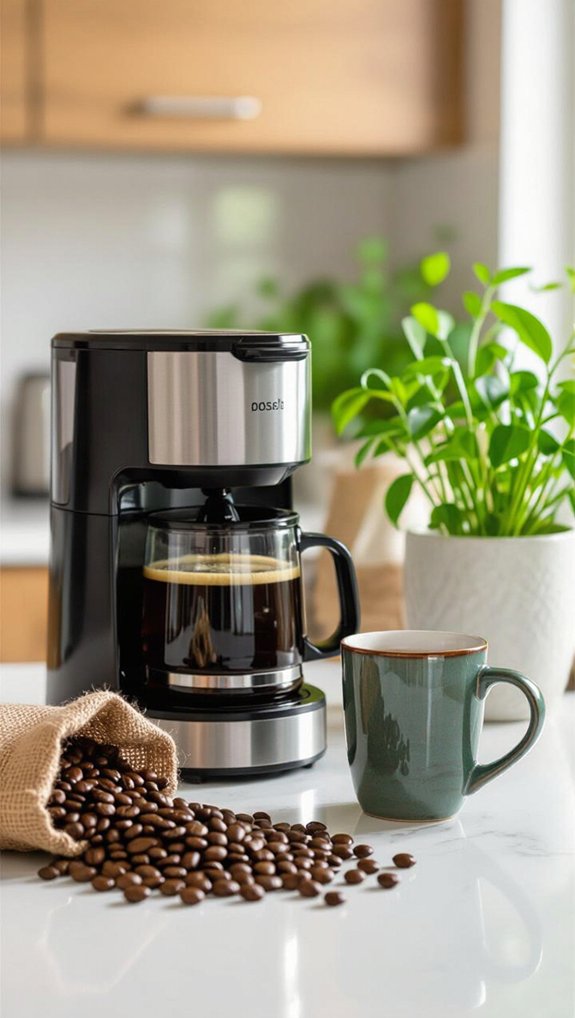
Budget coffee makers worth your money:
Break into the world of budget-friendly coffee makers without breaking the bank—there are plenty of stellar options under $50 that deliver delicious brew without sacrificing quality.
Key features to hunt for include:
- Programmable settings with auto-shutoff
- Brew strength control
- Compact design
- Digital display for precision
- Easy cleaning mechanisms
From the Bella 12-cup to the Mixpresso single-serve, affordable models offer impressive performance. Look for brands like Taylor Swoden and Starfrit that balance price and quality.
While plastic components might seem cheap, proper maintenance can extend your machine’s life. Just remember: regular cleaning and smart selection mean you’ll enjoy great coffee without emptying your wallet.
How to make iced cup of joe
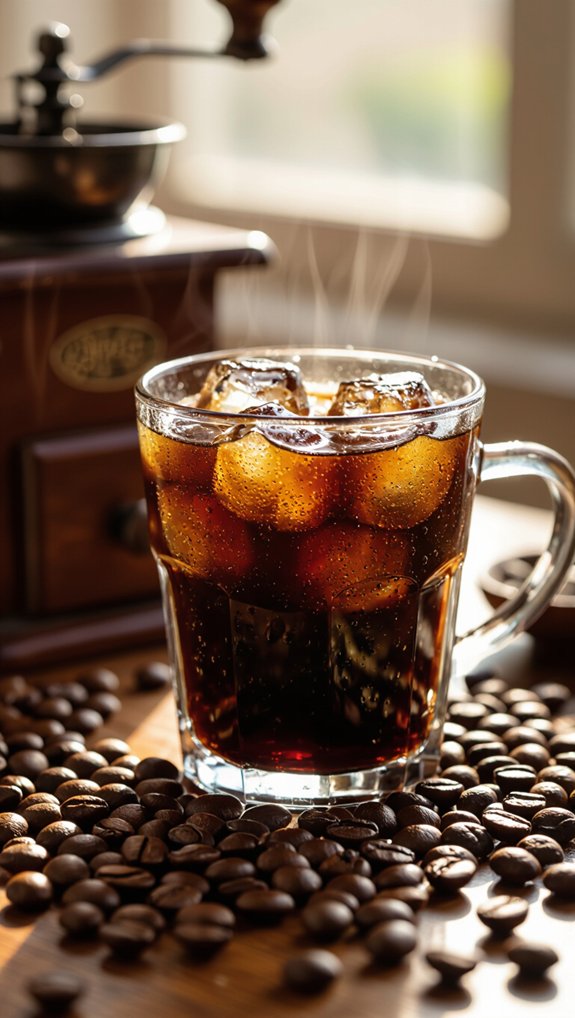
I’ll make the perfect iced coffee at home by selecting the right ingredients, gathering essential equipment, and following precise brewing instructions.
My go-to method is the flash brew technique, which uses hot water dripped over ice to rapidly chill the coffee while preserving its bright, nuanced flavors.
Whether I’m using a pour-over setup or specialized cold brew gear, I’ll walk you through creating a refreshing, café-quality iced coffee right in your own kitchen.
Ingredients
A perfect iced cup of joe begins with selecting the right ingredients that’ll transform your ordinary coffee into a refreshing, flavor-packed beverage.
Key components include:
- Coffee base: instant, brewed, espresso, or cold brew concentrate
- Ice: medium cubes, crushed, or coffee-frozen to prevent dilution
- Milk: dairy or alternatives like almond, oat, or soy
- Sweeteners: simple syrup, flavored syrups, or sugar substitutes
- Optional enhancers: vanilla extract, cocoa powder, or caramel sauce
These ingredients let you customize your iced coffee, balancing strength, creaminess, and sweetness to create a personalized summer drink that’ll cool you down and wake you up.
Equipment
When diving into the world of iced coffee, choosing the right equipment can make or break your brewing experience. Whether you’re a home barista or casual coffee lover, several options exist: immersion brewers like mason jars, electric iced coffee makers, cold drip towers, and commercial machines. Each method offers unique advantages—from quick brewing to smooth, low-acid extraction.
Budget-friendly options like Aeropress deliver concentrated flavors, while advanced systems like Hardtank provide scalable, consistent results. Your choice depends on desired taste, convenience, and brewing time. Insider tip: Invest in a good burr grinder for optimal coffee consistency.
Instructions
Because mastering the art of iced coffee requires precision and technique, I’ll walk you through creating the perfect cold brew or flash-brewed cup that’ll rival any café offering.
- Start with fresh-roasted beans within 14 days of roasting
- Use filtered water heated to 200°F for optimal extraction
- Choose between flash brew (hot water over ice) or cold brew concentrate
- Maintain a precise coffee-to-water ratio of 25g beans to 250g water
- Pour in circular motions, allowing a 15-second bloom phase to release gases
Your perfect iced coffee awaits, transforming simple ingredients into a refreshing, flavor-packed experience that’ll cool you down and wake you up.
Coffee culture behind the daily joe
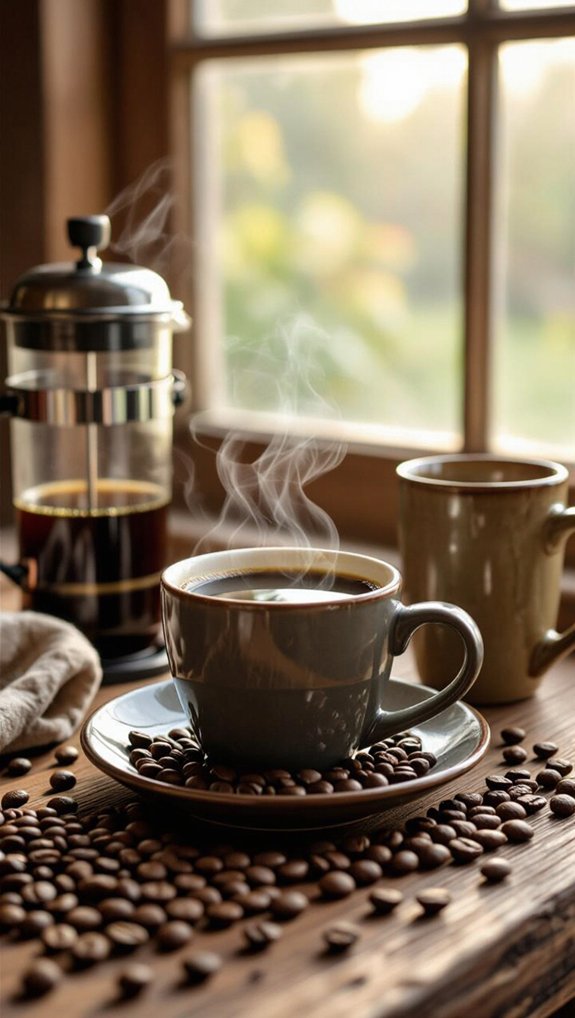
Since coffee transcends mere beverage status to become a global cultural phenomenon, grasping its social dynamics reveals a rich tapestry of human connection, tradition, and evolving consumer behaviors.
From bustling cafes in Asia to home brewing stations worldwide, coffee culture is more than just a drink—it’s a lifestyle. Younger generations, particularly Gen Z, are driving trends through social media, championing specialty brews and unique flavor combinations.
Whether it’s a meticulously crafted espresso or a quick instant coffee, these choices reflect personal identity, social connections, and global interconnectedness. Coffee isn’t just consumed; it’s experienced.
Pairings that make your joe shine

Pairings that make your joe shine:
Coffee isn’t just a beverage; it’s a culinary experience that transforms ordinary moments into extraordinary sensations. Mastering coffee pairings elevates your daily brew from mundane to magnificent.
Here’s how to make your cup truly sing:
- Match roast intensity with food complexity
- Balance sweet pastries with bright, fruity coffees
- Complement savory dishes with rich, dark roasts
- Explore flavor contrasts like espresso with creamy desserts
- Experiment with seasonal spices and infusions
Your coffee journey becomes a delicious adventure when you understand how different beans and brewing styles can harmonize with various culinary delights, turning each sip into a memorable experience.
Frequently Asked Questions
Is Coffee Good or Bad for My Long-Term Health?
Coffee’s great for my health! It reduces risks of heart disease, cancer, and brain disorders while boosting metabolism. I’ll enjoy 3-4 cups daily, knowing moderate consumption offers impressive long-term wellness benefits across multiple bodily systems.
Can Drinking Coffee Help Me Lose Weight?
Yes, coffee can help me lose weight! By boosting metabolism, suppressing appetite, and increasing fat burning, I’ll see modest weight loss benefits if I drink unsweetened coffee in moderation and maintain a healthy lifestyle.
How Many Cups of Coffee Are Safe per Day?
I recommend up to 4-5 cups of coffee daily for most healthy adults. If you’re pregnant, limit intake to 1-2 cups. Pay attention to your body’s reactions and adjust consumption if you experience jitteriness or sleep disruption.
Does Coffee Actually Improve Mental Focus and Alertness?
Yes, coffee definitively improves mental focus and alertness. I’ve seen research showing caffeine enhances cognitive performance, restores attention, and increases reaction times by blocking adenosine receptors and boosting neurotransmitters like dopamine and norepinephrine.
What’s the Difference Between Espresso and Regular Coffee?
I’ll break down the key difference: espresso is a concentrated, pressurized coffee shot with more intense flavor and higher caffeine per ounce, while regular coffee is a larger, smoother brew extracted more slowly with less concentrated taste.
In Conclusion
A cup of joe is more than just a morning ritual—it’s a cultural experience steeped in history and flavor. Whether you’re brewing at home or grabbing a quick café pick-me-up, understanding what makes a great cup of joe can truly elevate your daily experience. From bean origins to caffeine content and brewing methods, each element plays a role in that perfect cup you’re seeking.
Now that you know the essentials about coffee origins, caffeine levels, and proper brewing techniques, you’re ready to take your coffee game to the next level. The right equipment makes all the difference in extracting those complex flavors and aromas we’ve discussed.
If you’re looking to upgrade your home brewing setup, check out our coffee machine reviews where we’ve tested and evaluated options for every budget and brewing preference. From pour-over enthusiasts to espresso lovers, you’ll find well-researched recommendations to help you brew the perfect cup of joe every single morning.

